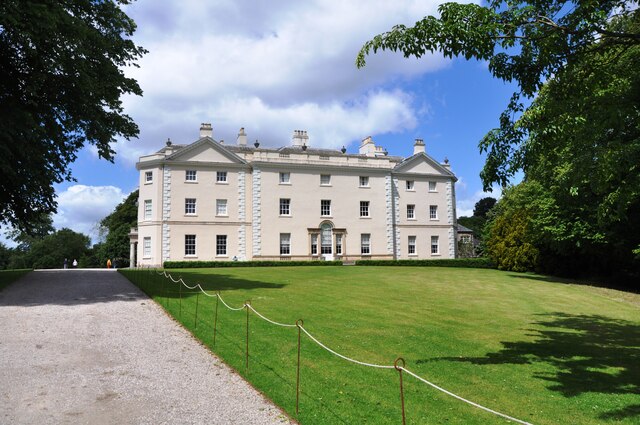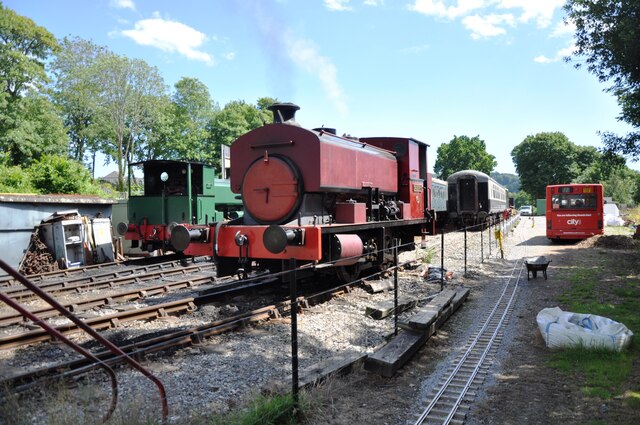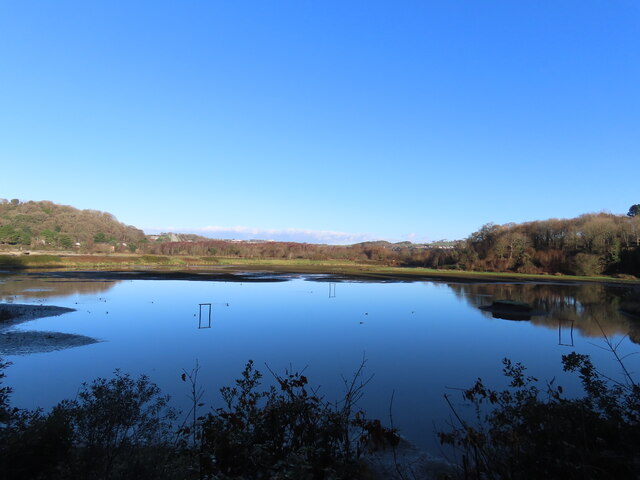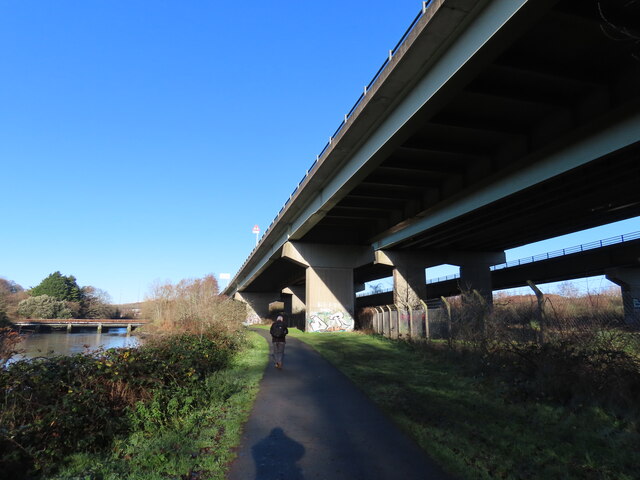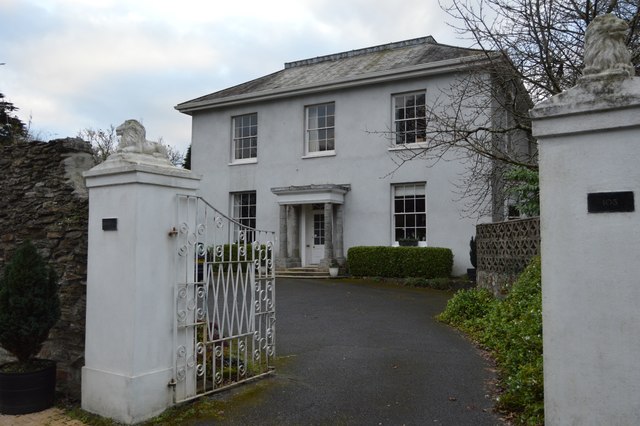Amados Hill
Hill, Mountain in Devon
England
Amados Hill
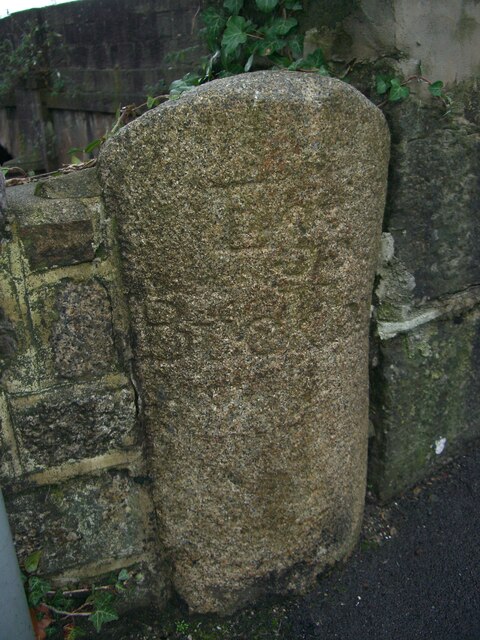
Amados Hill is a prominent geographical feature located in Devon, England. Rising to an elevation of approximately 300 meters, it is classified as a hill rather than a mountain due to its height. Situated in the southwestern part of England, Amados Hill is a part of the Dartmoor National Park, known for its stunning natural beauty and diverse wildlife.
The hill is characterized by its rounded shape, covered in a lush green blanket of grass and scattered with granite outcrops. These granite outcrops add to the hill's charm and provide a popular spot for rock climbers and hikers looking for an adventurous challenge. On clear days, the summit of Amados Hill offers breathtaking panoramic views of the surrounding Dartmoor landscape, including rolling hills, deep valleys, and meandering rivers.
Amados Hill is also home to a variety of flora and fauna, making it an important ecological site within the national park. The hillside is adorned with vibrant heather, ferns, and wildflowers, providing a haven for many species of birds, insects, and small mammals. The hill is also known for its ancient archaeological sites, with remnants of Bronze Age settlements and burial mounds dotting the landscape.
Visitors to Amados Hill can enjoy a range of outdoor activities, including hiking, picnicking, birdwatching, and photography. The hill is easily accessible via well-marked trails and is a popular destination for nature enthusiasts seeking tranquility and a connection with the natural world.
If you have any feedback on the listing, please let us know in the comments section below.
Amados Hill Images
Images are sourced within 2km of 50.3817/-4.0679583 or Grid Reference SX5355. Thanks to Geograph Open Source API. All images are credited.

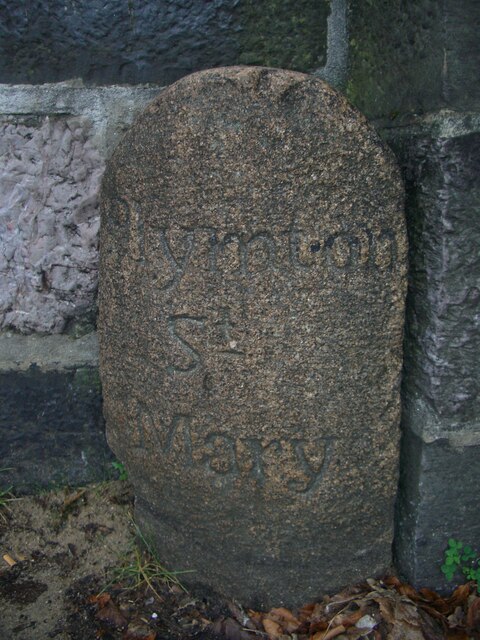
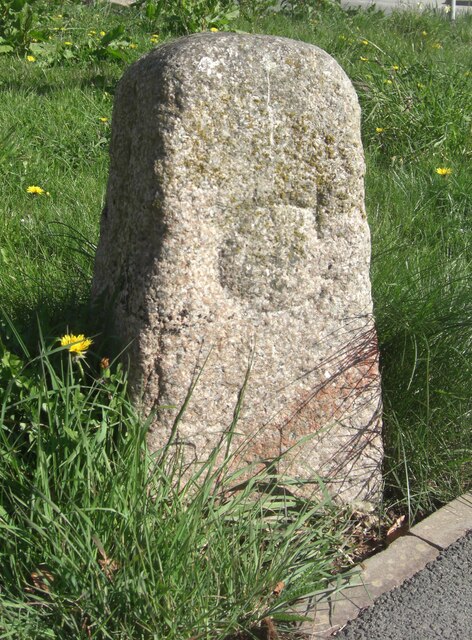



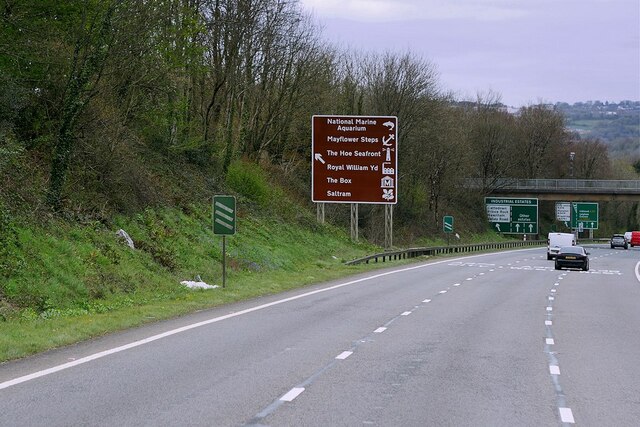
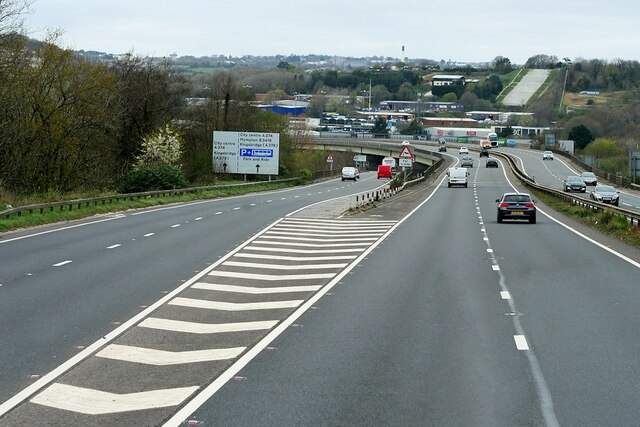
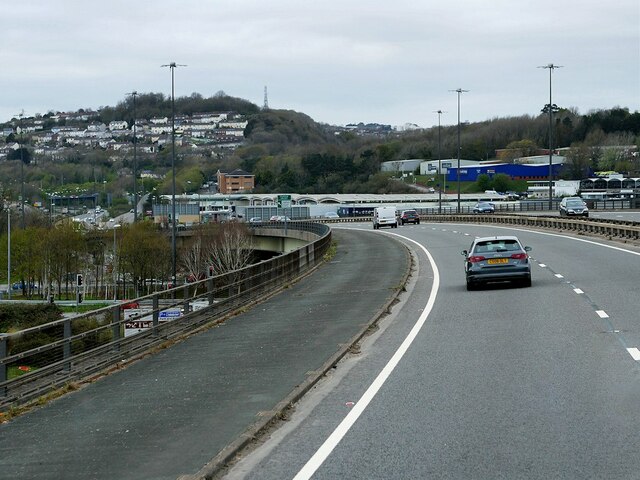




Amados Hill is located at Grid Ref: SX5355 (Lat: 50.3817, Lng: -4.0679583)
Unitary Authority: Plymouth
Police Authority: Devon and Cornwall
What 3 Words
///handy.forks.salsa. Near Plympton, Devon
Nearby Locations
Related Wikis
Plympton Priory
Plympton Priory was a priory in Devon, England. Its history is recorded in the Annales Plymptonienses. == History == The site of an Anglo-Saxon minster...
Saltram House
Saltram House is a grade I listed George II era house in Plympton, Devon, England. It was deemed by the architectural critic Pevsner to be "the most impressive...
The Lodge, Plympton
The Lodge is a Grade II listed building in Plympton, Devon, England. Standing at 103 Fore Street, the western end of Plympton's main street, it is a detached...
Hele's School
Hele's School, formerly Plympton Grammar School, is a mixed Academy school and Sixth Form in the Plympton district of Plymouth, England, 6 miles (9.7...
Nearby Amenities
Located within 500m of 50.3817,-4.0679583Have you been to Amados Hill?
Leave your review of Amados Hill below (or comments, questions and feedback).
